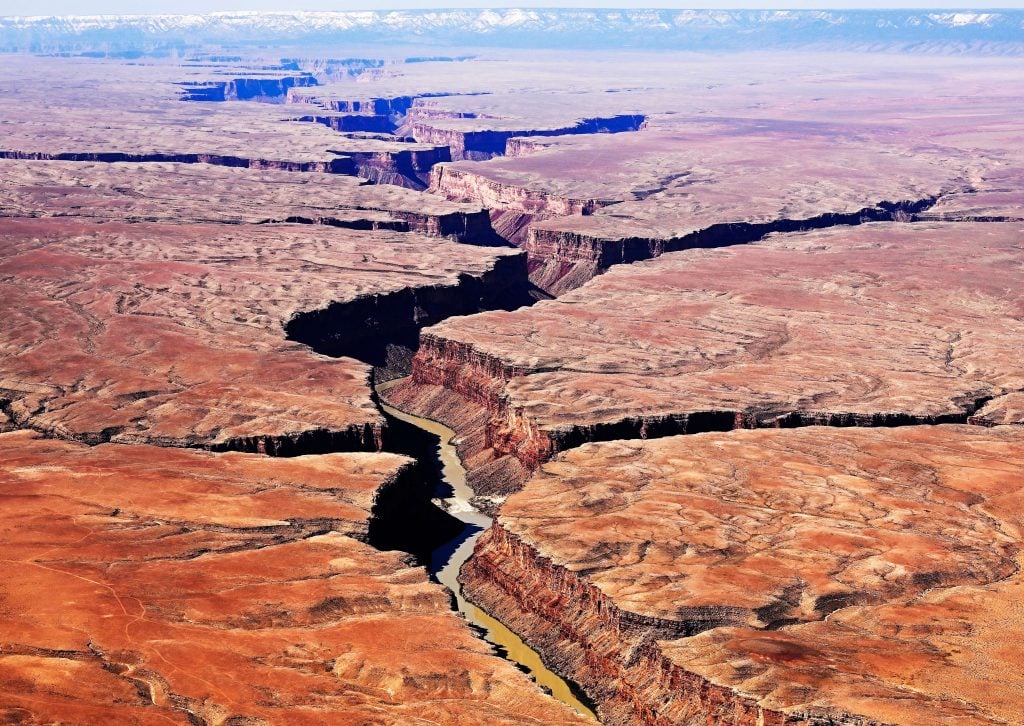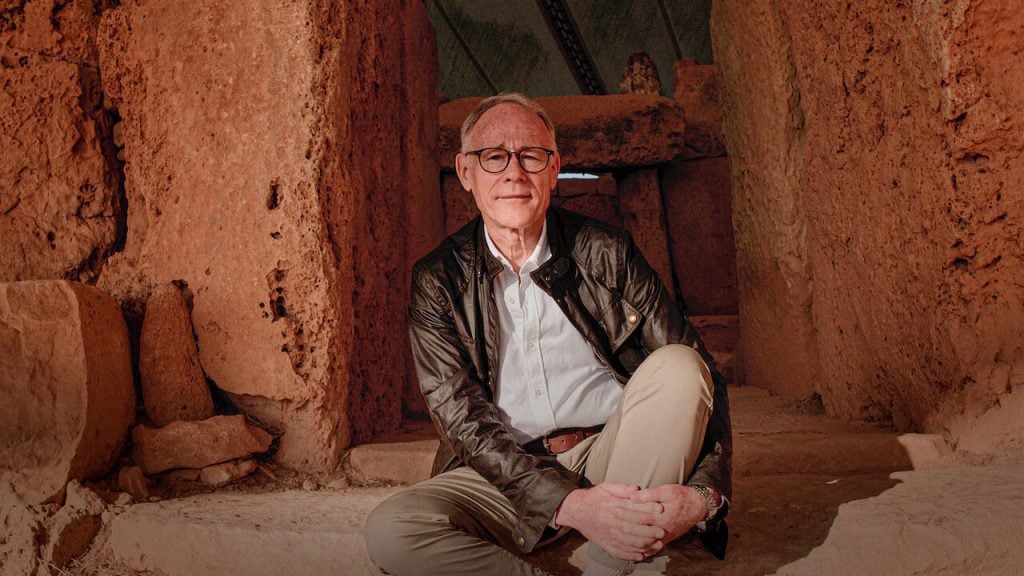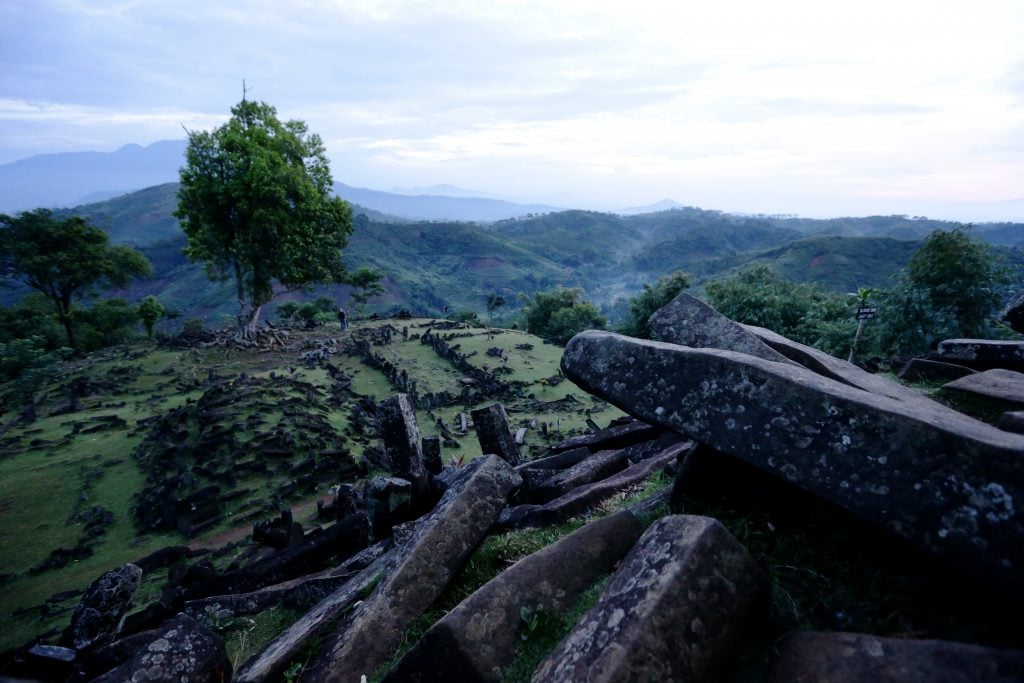Archaeology & History
Netflix’s ‘Ancient Apocalypse’ Abandons Plans to Film in U.S. Amid Backlash
American Indian groups are decrying host Graham Hancock's pseudo-scientific theories.

American Indian groups are decrying host Graham Hancock's pseudo-scientific theories.

Adam Schrader

The Netflix series Ancient Apocalypse, in which host Graham Hancock hunts for evidence of purported lost civilizations, has abandoned filming in the United States after concerns were raised by American Indian groups.
Citing documents it obtained through a Freedom of Information Act request, the Guardian reported that show’s creator ITN Productions did some filming at Chaco Canyon over four days in January.
ITN had sought permits for further filming at Chaco Canyon and the Grand Canyon, which were expected in March, a spokesperson for the National Parks Service confirmed to the newspaper.
However, the crew cancelled its trip after delays in permission to film in other locations during their travels. The company told the Guardian that neither of the National Parks permits will be taken up and the crew is now seeking to film outside of the United States.
Stewart Koyiyumptewa, the tribal historic preservation officer for the Hopi Nation, said in an email to National Parks staff that he was “extremely disappointed” with its decision to allow ITN to film last March. The Hopi have lived in or near the Grand Canyon for at least 2,000 years and Koyiyumptewa said the tribe should have been consulted.

Graham Hancock. Photo courtesy of Netflix.
Since premiering in 2021, Ancient Apocalypse has stirred up controversy for spreading pseudo-archaeological theories. Hancock, a former journalist, believes that technologically advanced societies were destroyed during the Ice Age when comet strikes triggered floods and that the remnants of those societies influenced civilizations like the Ancient Egyptians and Sumerians.
“I have consistently argued that the Americas were inhabited in prehistoric times by a variety of ethnic groups—Negroid, Caucasoid, and Mongoloid,” Hancock wrote in a May 2000 essay published on his website. “Such ideas have caused deep offense to some American Indians, who have long claimed to be the only ‘native’ Americans.”
Hancock, Koyiyumptewa said, “presents his theories as being superior to what the first inhabitants of the area say about their own history.” A Grand Canyon staff member called the situation “embarrassing” in an email reviewed by the Guardian.

The Gunung Padang megalithic site in West Java, Indonesia. Photo: Alex Ellinghausen/Fairfax Media via Getty Images.
The first season of Ancient Apocalypse visited monuments such as the Göbekli Tepe and Megalithic Temples of Malta purportedly to turn up evidence of lost societies. It enraged, among others, the Society for American Archaeology, which published an open letter to Netflix and ITN in December 2022 requesting that they re-classify the show as a work of fiction rather than a docuseries.
In October 2023, a paper claiming that the megalithic site of Gunung Padang in Indonesia could be 27,000-years-old was widely debunked, after it was proofread by Hancock (the paper was later retracted). Gunung Padang featured in the first episode of Ancient Apocalypse.
Hancock did not respond to a request for comment by press time.